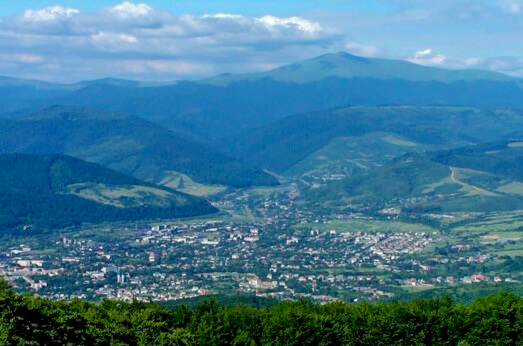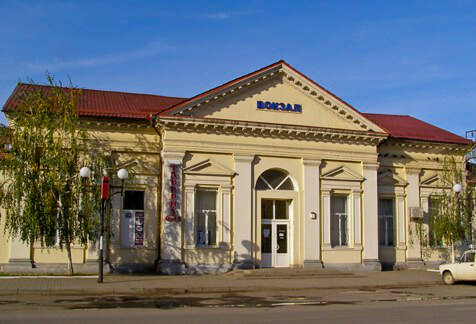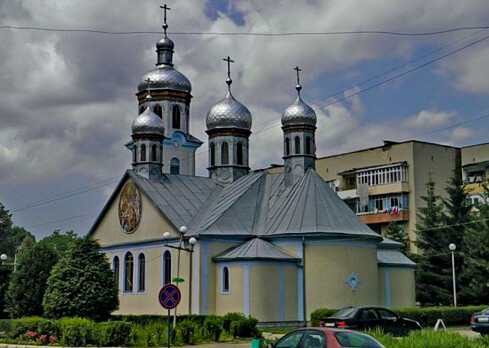The town of Svaliava is district center Transcarpathian region. It is located in the picturesque valley of the Latorica river. Uzhgorod’s there are 72 kilometers to go here. The population of the city is 17,000 people.
Persha esimova shatka about Svaliava Saga XII century. Then TSE Bulo the small village, the Yak has nalezalo Lord to Beth-Bethke. TSE Misto kolis were nazivalas Solva, United Soloa – I vascular Yogo are called to be like from the wordssalt (по-Hungarian “Solva – – “salt water”). The fact that they settled since ancient times, evidenced by the ancient archeologists foundcamp, the age of which is 20-30 thousand years, and a Neolithic settlement in the Neuvi tract. It was along the svalyavskaya basin that the border between Hungarian Kingdom and Galicia-Volyn Principality, “no man’s land”. There is a hypothesis that these lands were first visited by fugitive farmers.
During the first centuries of existence, the owners of Svalyava often changed. To them belonged a large Prince of Kiev Mikhail Vsevolodovich, the barons Feathers, the Berehovo County Shimon and master Aladar. Since the XVI century Svalyava became part of the Principality of Transylvania
In 1703-1711 the years, saleucami took an active part in national liberation war of the Hungarians against Habsburg domination.
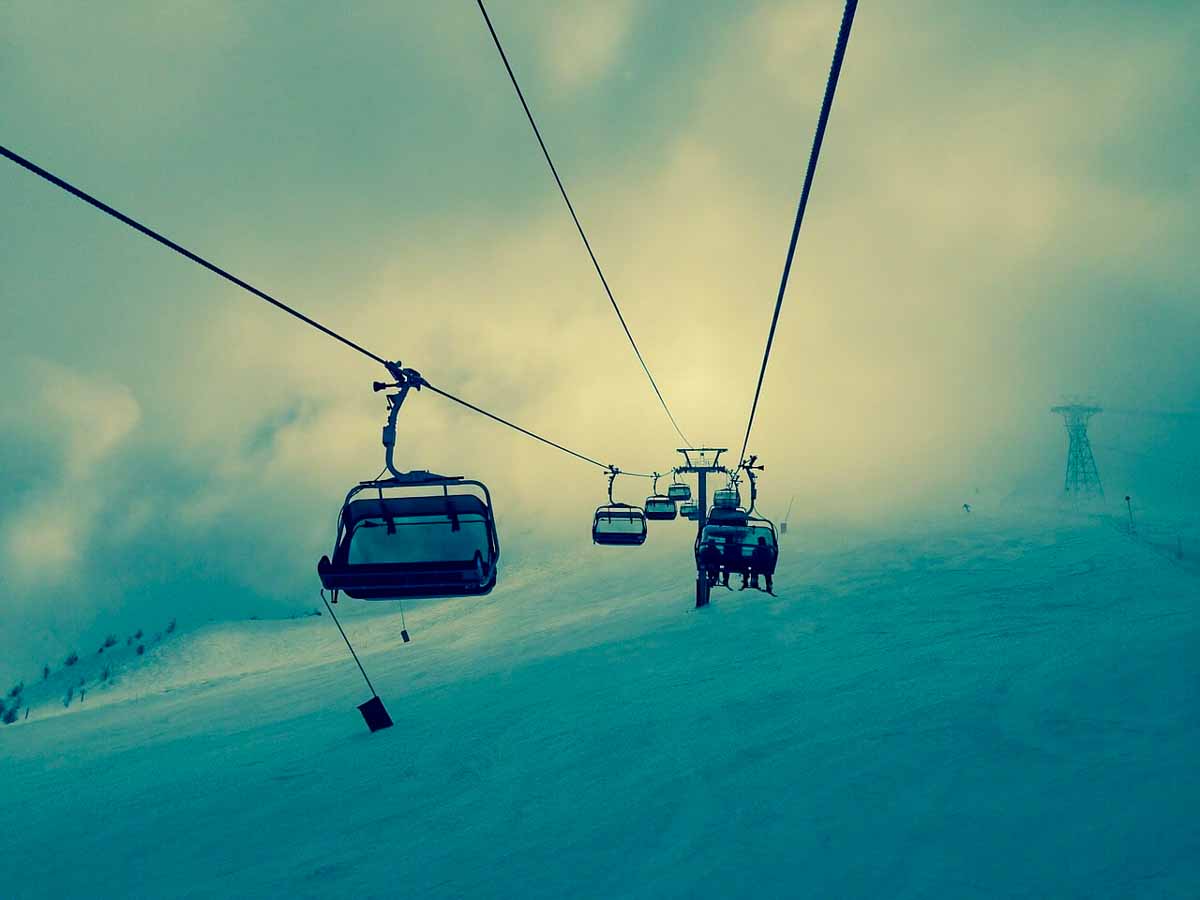
Since 1728 Svalyava became the property of the counts Schoenborn. Two lions, the emblem of this noble family, got on the city seal and labels Savelovskaya mineral water. In 1737-1778 years in Svalyava built a stone temple. Since 1790, the city has hosted annual fairs.
In 1887, Svalyava received a railway connection, after which the economic development of the city significantly accelerated.
В жовтні 1914 року, в ході First world war,the city was captured within a short period of time Russian the troops of General Fesenko. In December 1918, representatives of 30 surrounding villages in Svalyava created the Russian people’s Council, which supported joining Ukraine. A year later, this territory was transferred to Czechoslovakia. Until now, the city school for 700 students, built in 1926, is popularly called “masarykovskaya” (by the name of the then Czech President’s). Uspenka Greek-Catholic the Church in the center of the city, built in 1937 for the needs of the Orthodox community of Svalyava, in Soviet times managed to visit both the warehouse and gallery.
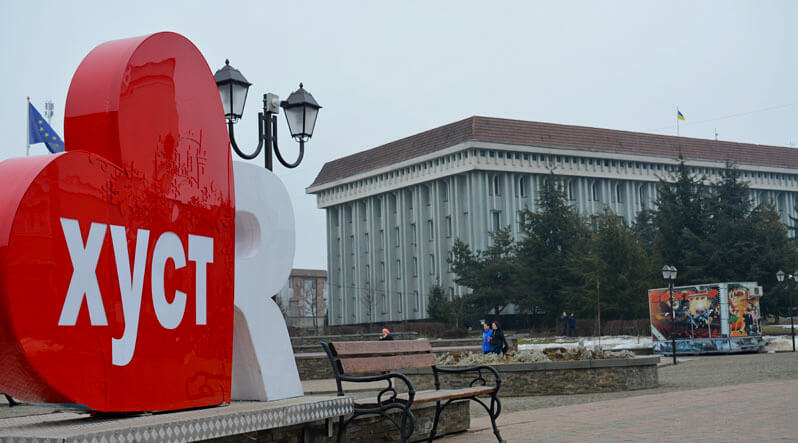
Svalyava received the status of a city in 1957. One of the districts of the city has an exotic name “Brazil”. The fact is that at the turn of the XIX-XX centuries, many residents left here to this distant country across the ocean in search of a better life.
In 1972, the actor Rostislav Plyatt in the image of pastor Schlag was crossing the border on skis near Svalyava. It was near Svalyava that some episodes of the Soviet blockbuster “Seventeen moments of spring”were filmed.
During the years of Soviet rule, Svalyava turned from a small provincial town into an industrial center. In the 1980s, there was a timber and timber chemical plant, an Electron plant, a commercial equipment plant, juice and glass factories.
Since 1998, the company has been working in the city historical museum (vul. Home, 33), where tourists can learn more about the history of Svalyava.



